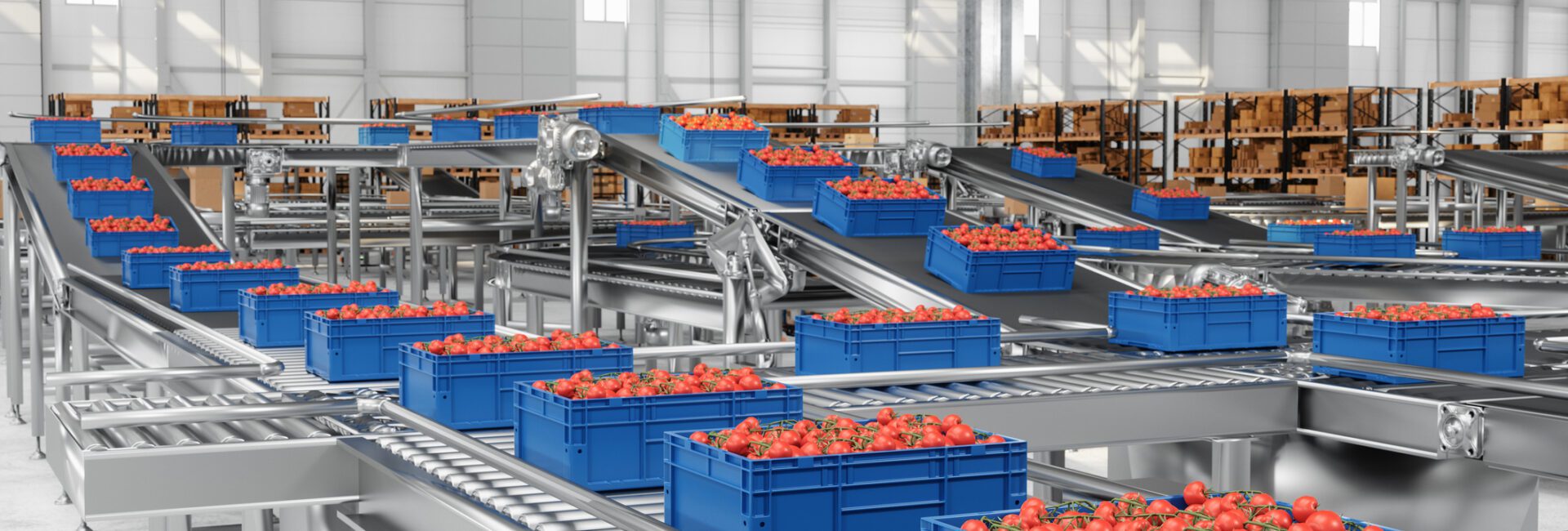When the One Big Beautiful Bill passed in July 2025, it restored immediate expensing for domestic research and development (R&D) work under Section 174. That same month, Oregon’s Extended Producer Responsibility (EPR) law also took effect.
This convergence of tax incentives and sustainability signals a new era of opportunity for food and agriculture manufacturers and raises an important question: How can companies use R&D tax credits to fuel their sustainability strategies — and vice versa?
What Is an R&D Tax Credit?
The federal R&D Tax Credit rewards companies for innovation, providing a dollar-for-dollar reduction in federal income tax liability for qualifying R&D activities.
To qualify, projects must pass the IRS’s four-part test — focusing on new or improved products or processes, technical uncertainty, experimentation, and a foundation in science or engineering.
How Do I Know If It’s Worth It?
That’s where strategy comes in. Many food manufacturers partner with firms to conduct detailed R&D studies and identify eligible activities. On average, 6–7% of a business’s total reported activity qualifies.
While the potential credit must typically reach $30,000–$40,000 to justify the investment of time and resources, that threshold often represents more activities than you might expect — especially when sustainability initiatives are on the table.
Five Ways to Align R&D and Sustainability
1. Extended Producer Responsibility (EPR) Packaging
With EPR laws now in effect in Oregon and Colorado, companies are being held accountable for the end-of-life impact of their packaging. While some see this as a regulatory burden, others are using it as a catalyst for innovation.
R&D opportunities include:
- Redesigning packaging to be recyclable, compostable, or reusable
- Engineering new packaging formats that reduce material use or improve self-life
- Modifying production lines to accommodate new packaging materials
- Conducting trials with alternative materials (e.g., bioplastics, paper-based films)
- Engaging consultants or packaging engineers to support the transition
Example: A frozen fruit pop brand replaces plastic wrappers with compostable film and reconfigures its sealing equipment. The design work, material testing, and process modifications all potentially qualify for R&D activities.
2. Ingredient Sourcing and Product Reformulation
Climate change, supply chain disruptions, and consumer preferences are pushing food manufacturers to rethink their ingredient strategies. Reformulating a product to maintain taste, texture, and shelf life while introducing new or more sustainable ingredients requires significant experimentation.
R&D opportunities include:
- Reformulating recipes due to ingredient shortages or cost volatility
- Testing new ingredient sources (e.g., switching from California almonds to Spanish ones due to drought)
- Developing allergen-free, organic, or clean-label versions of existing products
- Adjusting processing methods to accommodate new ingredients
Example: A yogurt brand facing strawberry shortages due to drought tests new fruit sources and adjusts pH balance and puree rations. The trials, lab work, and process refinements could potentially qualify as R&D.
3. Sustainability Software and Data Systems
As ESG reporting becomes more complex, companies are investing in software to track emissions, water use, waste, and energy. Implementing these systems often requires customization and integration with existing operations.
R&D opportunities include:
- Developing or customizing sustainability dashboards
- Integrating emissions tracking with production data
- Automating data collection from sensors or IoT devices
- Collaborating with software vendors to tailor solutions for ag-specific needs
Example: A dairy processor implements Pinion’s Net Zero Cloud to track methane emissions from its supply chain. The internal IT team’s work to integrate and customize the platform could be eligible for R&D credits.
4. Transition to Organic or Regenerative Practices
For vertically integrated operations, the shift to organic or regenerative systems is a multi-year journey built on experimentation. Each trial or adaptation can create valuable data and potential R&D credit eligibility.
R&D opportunities include:
- Testing new crop rotations or cover cropping systems
- Developing organic-compliant pest or weed control strategies
- Creating new organic product lines and validating them through trials
- Evaluating soil health improvements and yield impacts
Example: A vertically integrated producer tests three different composting methods to improve soil fertility during its organic transition. The experimentation and data collection could qualify as R&D.
5. Innovation Teams and Cross-Functional Collaboration
Innovation isn’t confined to the lab. As companies grow, many establish dedicated innovation teams to drive product development, packaging improvements, and sustainability initiatives. These teams often work closely with marketing, operations, and sustainability departments.
R&D opportunities include:
- Salaries of technical staff involved in qualifying R&D activities
- Prototyping and testing new product concepts
- Collaborating with co-packers or universities on product development
- Commercializing new SKUs or packaging formats
Example: A snack brand launches a new “upcycled” product line using surplus ingredients. The innovation team’s work to develop, test, and scale the product could be eligible for R&D credits.
Key Questions to Ask
- Are we developing or improving products and processes?
- Do we employ technical staff like engineers or developers?
- Have we made any operational changes — like new lines, automation, or facilities?
- Are we factoring R&D tax credits into both our short-term and long-term sustainability goals?
Innovation With Intention
The intersection of R&D and sustainability isn’t just about meeting regulations; it’s about gaining a competitive edge. By aligning your tax strategy with your innovation and ESG goals, you can uncover funding for the work that moves your business forward.
Reach out to a Pinion advisor to explore how your current or planned R&D expenses could strengthen both your tax position and your sustainability strategy.








